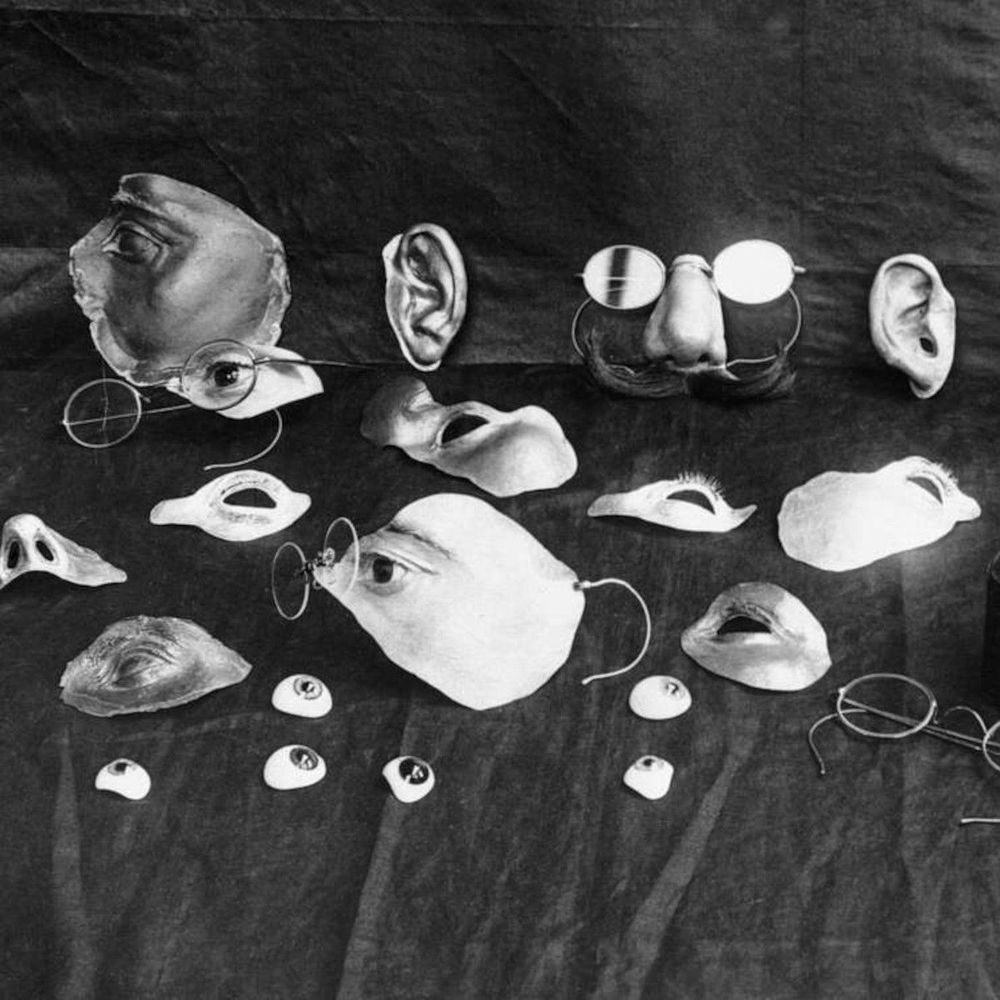Big Picture Science
@bipisci.bsky.social
560 followers
32 following
530 posts
A weekly science radio show hosted by astronomer Seth Shostak and journalist Molly Bentley | Linktree: http://bit.ly/3GAzFVo
Posts
Media
Videos
Starter Packs























